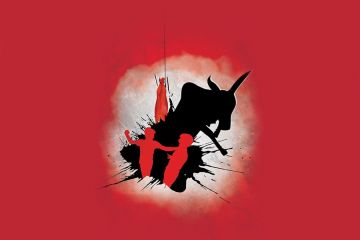
In this life we take many things for granted because we do
them without thinking. Talking, for instance, is something no one talks about
because we take it for granted. Talk to a philologist, however, and he may tell
you that it’s a species of magic hard to define as the words we use are
themselves magical entities, protean in nature, hard to pin down. At the end
you are probably not a great deal wiser about either the nature or the origins
of sounds that make a special sort of sense





